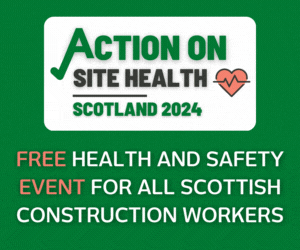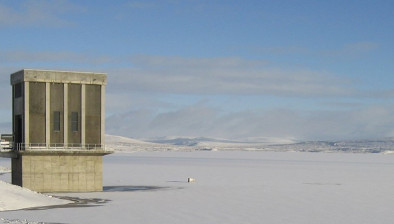Philip Munn: Construction sector faces perfect storm of VAT issues
RSM VAT partner Philip Munn on the raft of VAT changes coming into force in October.

Philip Munn
Unless HMRC responds to calls from the construction industry and RSM, on 1 October 2019 the industry faces a perfect storm of VAT issues.
The domestic reverse charge for the Construction Industry Scheme will be introduced along with the kick-off of Making Tax Digital for some organisations that HMRC deems to be ‘complex’. The most recent announcement concerns a change that is likely to lead to an increase in the cost of energy-saving measures and considerable complexity for the businesses that install these goods.
At present, the installation of energy-saving materials benefits from a reduced rate of VAT of 5 per cent. However, after European court rulings finding against UK VAT law and several years of consultation, HMRC has selected 1 October 2019 to narrow the scope of the reduced rate and thereby increase the cost of such works.
Predictably, the new rules are complex and while there seems little doubt that the increased rate of VAT will lead to an increase in the cost of some works, with care suppliers may be able to stay within the scope of the reduced rate.
What is clear under the new rules? From 1 October 2019, the installation of wind- and water-turbines will be subject to the standard rate of VAT instead of the reduced rate.
The new rules for other affected supplies will be slightly more complex.
All other installations of energy-saving materials must meet one of two new conditions to remain subject to the reduced rate of VAT. These two new tests are referred to as the ‘social policy condition’ and the ‘60 per cent test’. Unless an installation meets one of these new conditions, previously reduced-rate supplies will be subject to the standard rate of VAT from 1 October.
The social policy condition means that one of three conditions must be met to qualify for the reduced rate. This means that installation in dwellings occupied by those aged 60 or over or in receipt of a range of benefits (eg Housing Benefit or the Disability Living Allowance) will qualify. Alternatively, if the installation is for a registered social landlord or housing association then the reduced rate will apply.
The third and final category of installations that will qualify for the reduced rate applies to buildings that aren’t self-contained dwellings but do serve a residential purpose, so for example care homes and children’s homes will be covered.
Last but not least, if none of the social policy conditions can be met, some or all of the installation may qualify for relief under the so-called 60 per cent test. This means that if the cost to the installer of the energy-saving materials is less than 60 per cent of the total price charged to the customer, then the whole charge qualifies for relief. If the materials cost exceeds 60 per cent then an apportionment of the VAT-exclusive value of the materials (at the standard rate) and installation services (at the reduced rate) must be made.
While it is clearly good news that VAT relief for some energy-saving projects is still available, the complexity of the new rules, in combination with the other changes mentioned at the beginning of this article, will no doubt create some transitional issues for a sector that is also sensitive to the uncertainties created by Brexit.





















